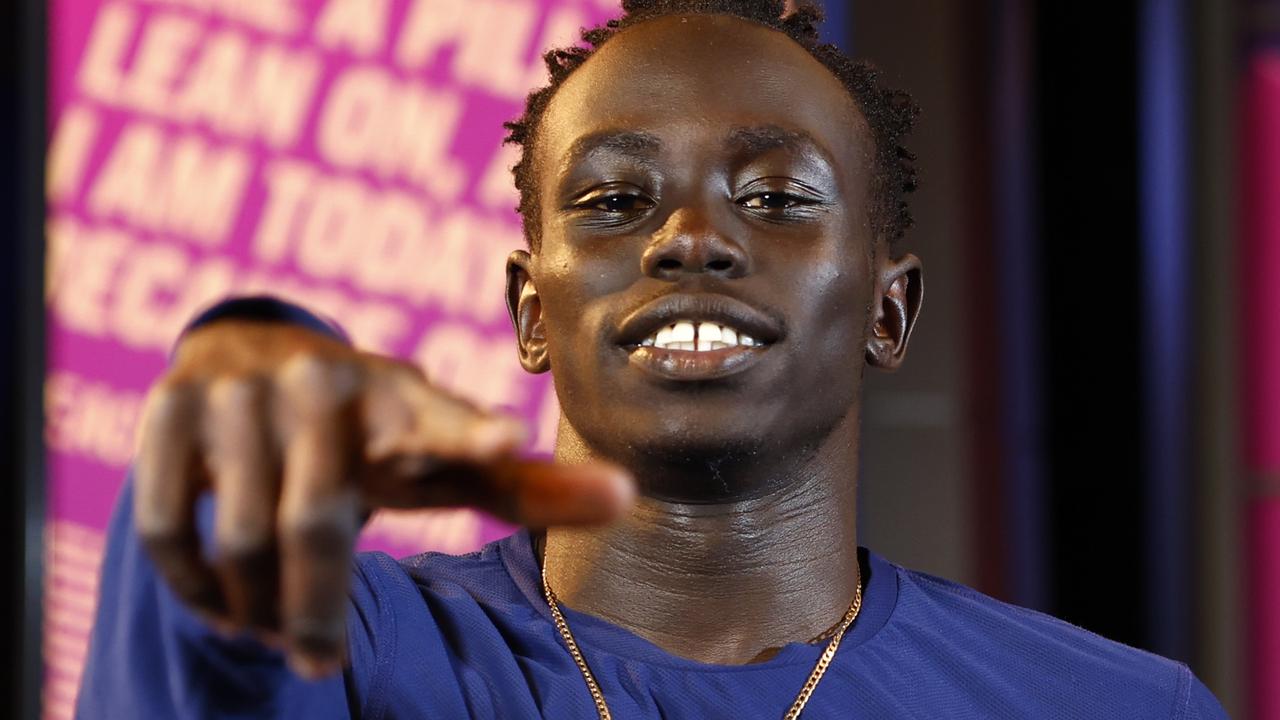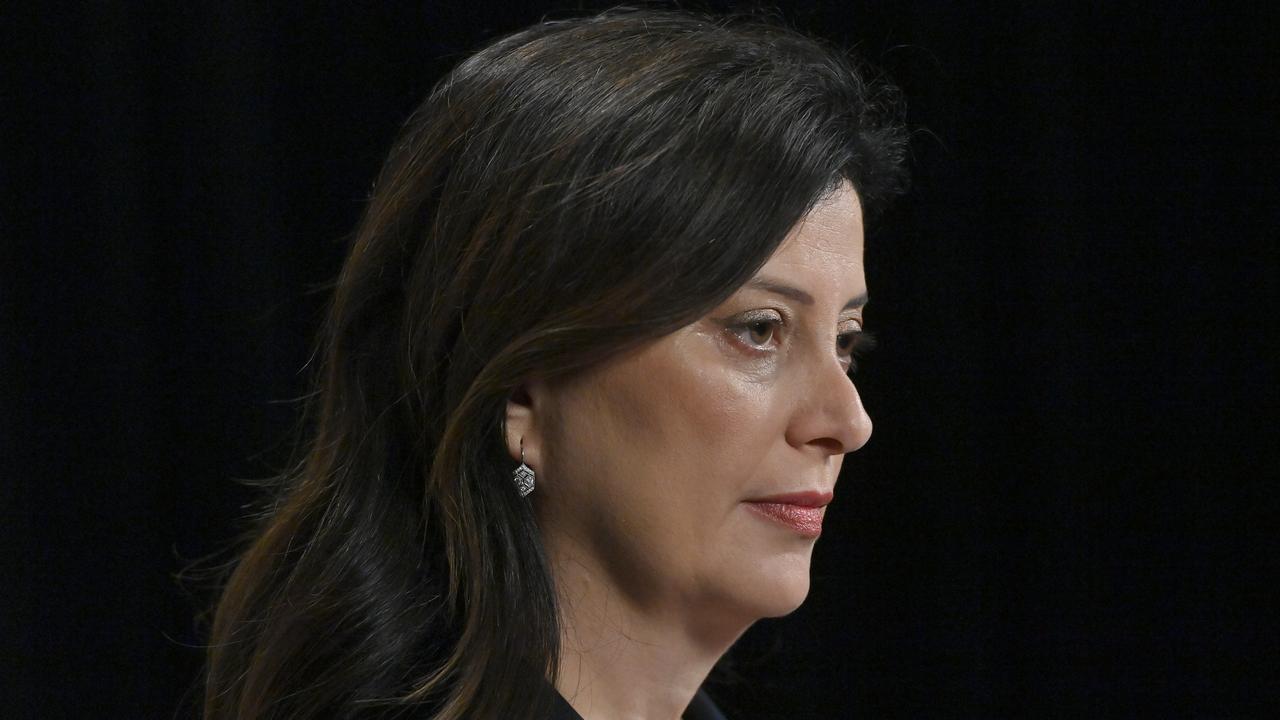Kangaroo Island timber to get moving as part of $15m plan to ease building material shortage
Huge amounts of Kangaroo Island timber was to go up in smoke – now a funding breakthrough means about 2000 SA homes can be built.

SA News
Don't miss out on the headlines from SA News. Followed categories will be added to My News.
Fresh funding commitments will secure enough timber to build 1500-2000 South Australian houses, the Master Builders Association says.
State Primary Industries Minister David Basham on Tuesday said the government would set aside up to $3m towards plans to bring extra timber to the construction industry, including wood from Kangaroo Island.
It comes after the federal government allocated $15m to a fund to transport wood to processors across the country, with Kangaroo Island’s plantations among those targeted.
Under a funding deal, subsidies are expected to help shift at least 300,000 tonnes of timber, burned during the 2019-20 bushfires, from the island to the mainland amid a national shortage.
Master Builders SA chief executive Will Frogley expected under a national partnership, about 50,000–60,000 tonnes of structural timber would be secured for the local housing construction sector.
That’s enough to build about 1500-2000 houses.
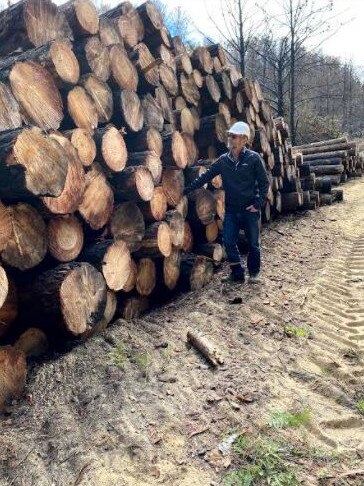
“We build about 10,000 homes in a typical year so that’s definitely enough to make a massive difference,” Mr Frogley said.
“A majority of calls we receive from members is about timber shortages and this has been a real issue for many builders,” Mr Frogley said.
“With current delays of up to six months, we are hopeful this announcement will alleviate some of the pressure and get South Australians into their homes faster.”
The state government’s $3m funding includes $1m towards transport subsidies and $2m towards a previously announced EOI process to eke out projects allowing more building timbers to be manufactured in SA.
B-doubles are expected to ship the timber via the SeaLink ferry from Penneshaw to Cape Jervis, and plans are also being considered to barge it from Kingscote.
Mr Basham on Monday said it could take three-to-five years to ship Kangaroo Island Plantation Timbers’ fire-damaged wood off the island.
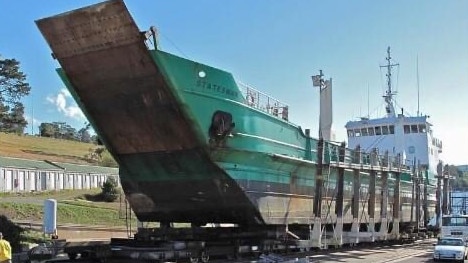
The company last month said it had little choice but to burn much of its 4.5 million tonnes of timber after the state government knocked back its proposal for a deepwater port on the island’s north coast, amid environmental concerns.
It now plans to convert its 19,000ha forestry estate to farmland.
SA Forest Products Association chief executive Nathan Paine said the funding support would “be a critical support for breaking one of the largest barriers to getting the log into mills”.
He understood the company would still burn some of its timber.
“The longer we wait, the more the log will deteriorate and the less it will be viable,” Mr Paine said.
Kangaroo Island Mayor Michael Pengilly was pleased the region’s timber would be used but would have preferred it milled locally.
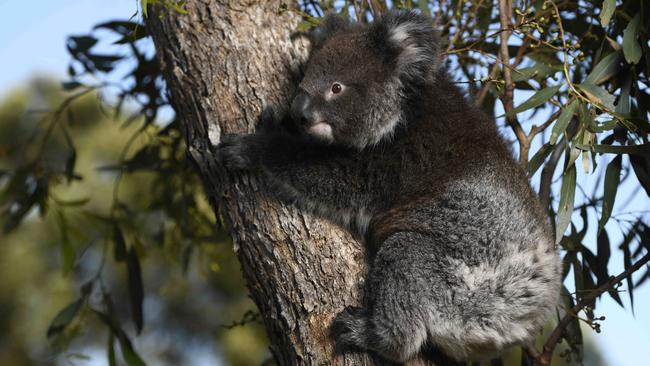
‘We’re not stripping the koalas bare’
By Michelle Etheridge
The state’s Environment Department says there should be no grave concerns about koalas’ survival in SA, despite claims the species has seen a huge population decline.
The Australian Koala Foundation has released its own estimates data stating the country’s koalas have dropped by almost a third since 2018, and in SA, the population excluding Kangaroo Island is down 31 per cent, to between 7615 and 13,150 animals. But the Environment Department’s director of conservation and wildlife, Lisien Loan, said 122,450 koalas called the Mount Lofty Ranges, Kangaroo Island and Eyre Peninsula home.
“In some parts of Australia, koala populations are on the decline,” Ms Loan said. “However, across SA, koala populations are mostly stable, increasing or overabundant, even after the 2019/20 bushfires.”
Australian Koala Foundation chairwoman Deborah Tabart said urgent action was needed to stop habitat clearance. Meanwhile, Flinders University and Kangaroo Island Wildlife Park are tracking the health and grazing effects of koalas released on to a bush block after the fires, including Dan, pictured above, who was hand-reared for 18 months.
“Dan was unsure at first but gained confidence quickly, after a little help from the handlers, to find the food and the right branch on land adjacent to the wildlife park,” Professor Karen Burke Da Silva said after his release.




